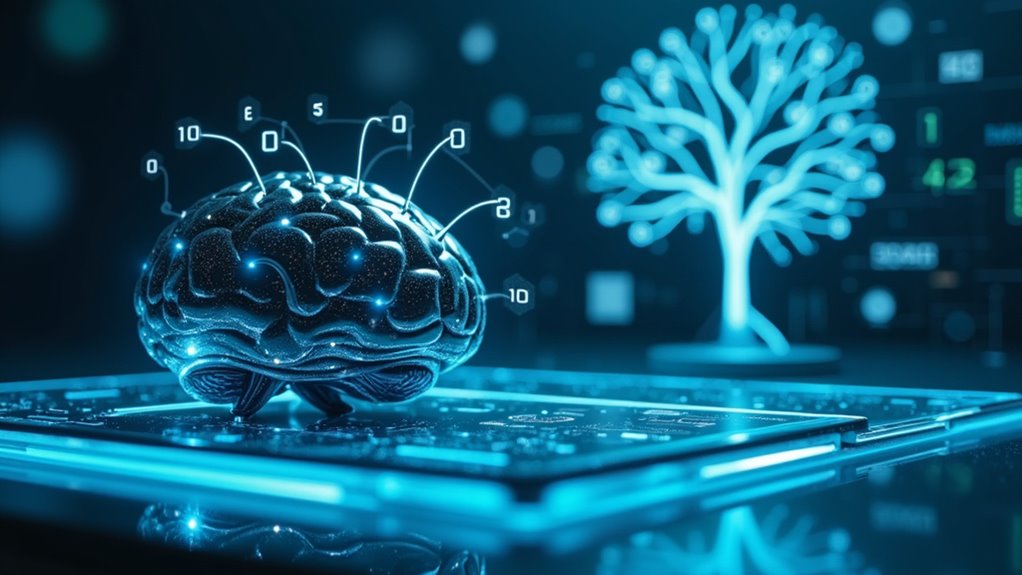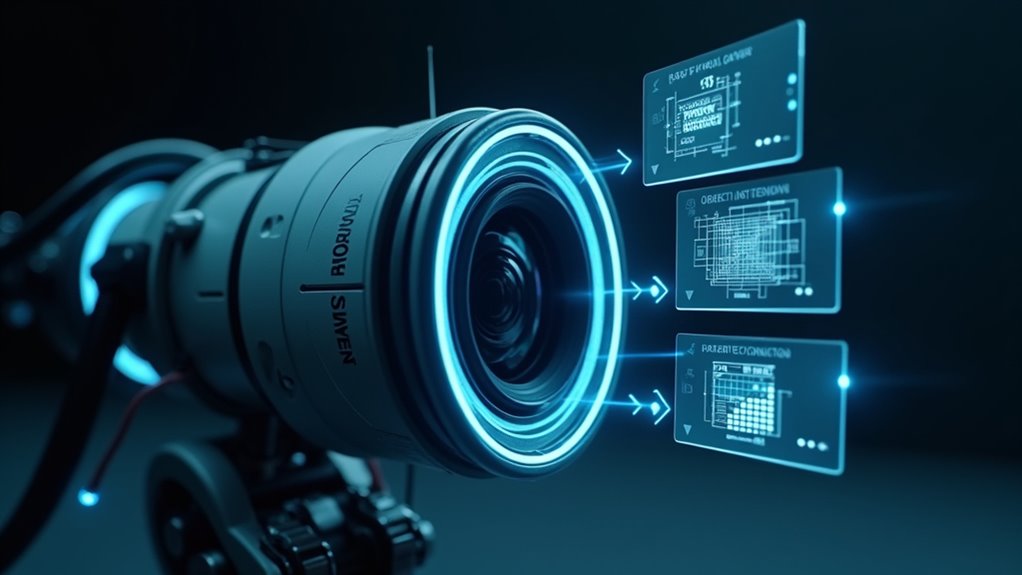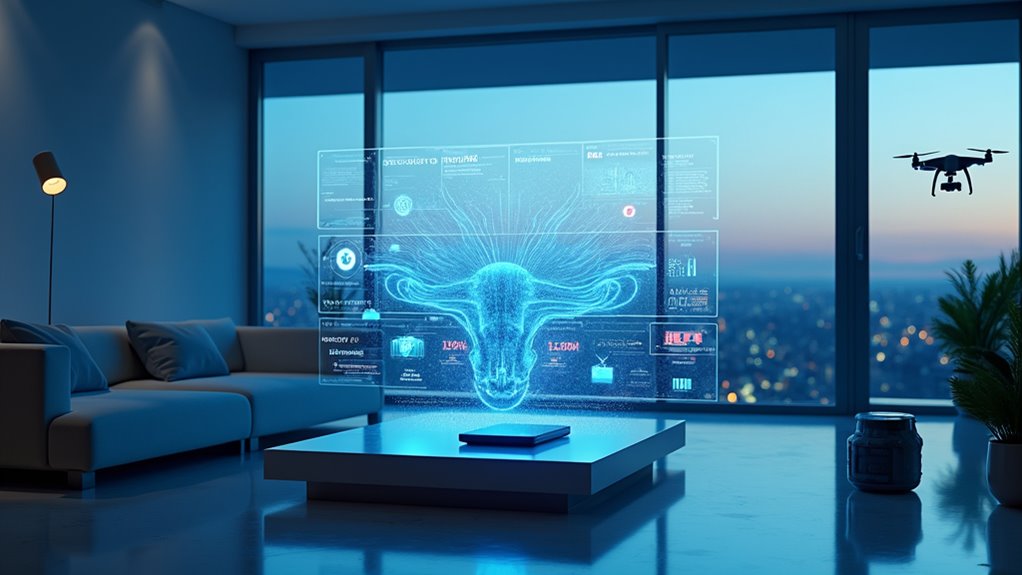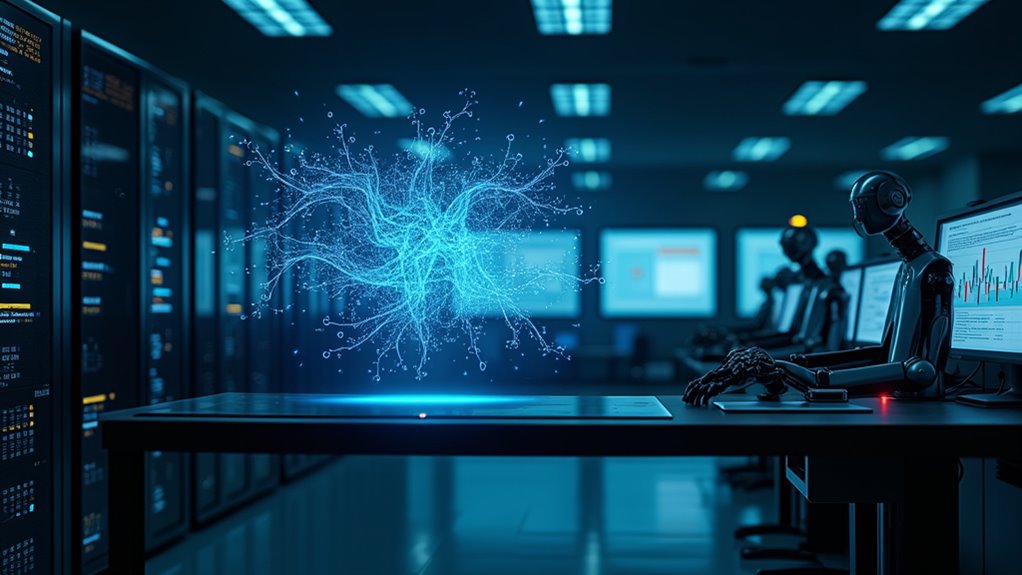AI systems are like mysterious black boxes – inputs go in, outputs come out, but nobody really knows what happens in between. Neural networks make critical decisions in healthcare, finance, and hiring, yet their reasoning remains frustratingly opaque. Scientists are racing to develop explainable AI to crack open these digital brains and reveal their decision-making processes. Without transparency, trust issues persist. The quest to demystify AI’s inner workings continues to challenge even the brightest minds.
How much do we truly understand about the AI systems making decisions in our daily lives? Not much, as it turns out. The artificial intelligence we interact with daily – from facial recognition to chatbots – operates like a sealed black box. We can see what goes in and what comes out, but the middle part? Total mystery.
Think of it this way: these AI systems use deep neural networks, basically digital brains with countless interconnected nodes crunching numbers and spotting patterns. They’re incredibly good at what they do. Almost suspiciously good. But when something goes wrong, good luck figuring out why. It’s like trying to understand why your teenager made a questionable decision – you can see the result, but the reasoning remains frustratingly opaque. Many developers intentionally keep these systems opaque to protect intellectual property. These systems process data through multiple hidden layers, making it nearly impossible to trace the exact decision-making path.
Neural networks are like teenage minds – incredibly capable but mysteriously opaque when you try to understand their decision-making process.
The problem gets serious when these black box systems start making important decisions. Healthcare diagnoses. Loan approvals. Hiring choices. When AI decides someone doesn’t get a job, shouldn’t we understand why? The infamous “Clever Hans effect” shows how these systems sometimes reach correct conclusions for completely wrong reasons – like a student getting the right answer through faulty math. While AI brings tremendous benefits to healthcare and scientific research, experts stress that algorithmic bias remains a critical concern for fair decision-making.
These black boxes are everywhere. Self-driving cars use them to make split-second decisions. Voice assistants rely on them to understand our mumbled requests. Generative AI uses them to create content that sometimes makes perfect sense and other times goes hilariously wrong. The technology works brilliantly until it doesn’t.
Scientists aren’t sitting idle, though. They’re developing something called explainable AI (XAI), trying to crack open these black boxes and peek inside. It’s a delicate balance – maintaining the power of these systems while making them transparent enough to trust. Some industries, like healthcare and finance, desperately need this transparency. After all, it’s hard to trust a system that can’t explain its decisions.
The future of AI depends on solving this transparency puzzle. Because right now, we’re basically trusting complex mathematical magic to make vital decisions. And that’s about as comfortable as letting a mystery algorithm choose your next haircut.









